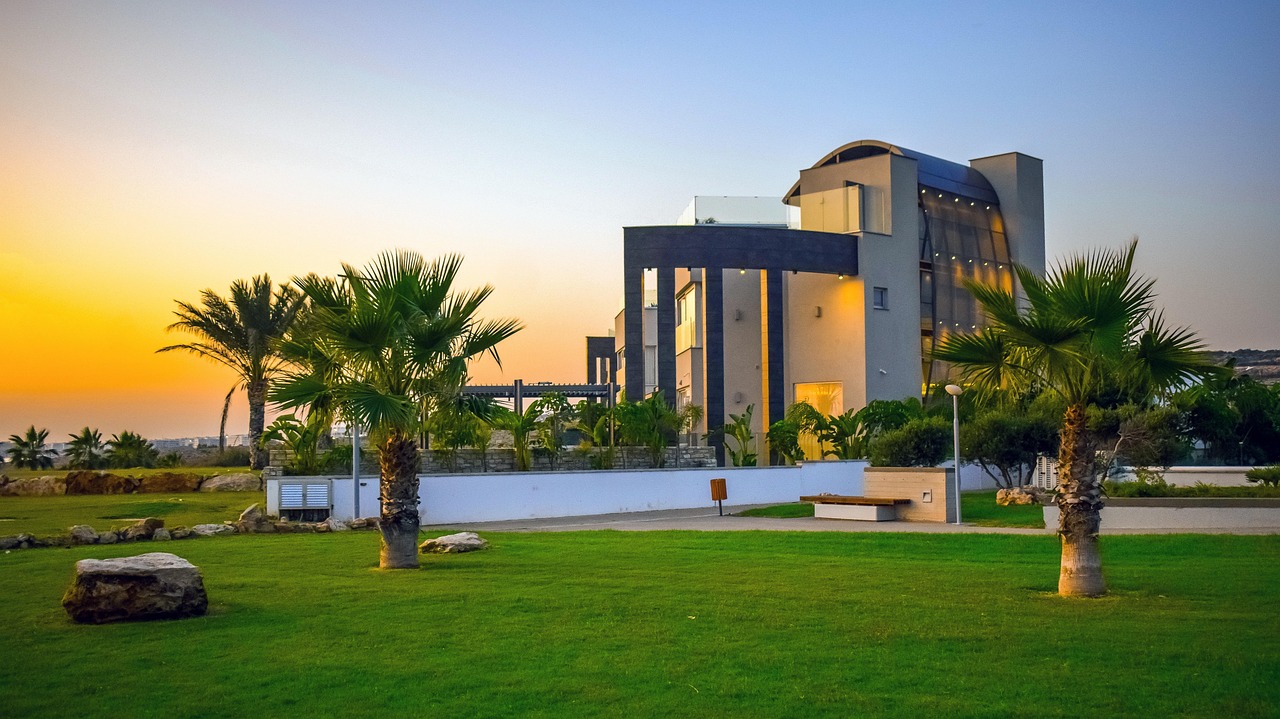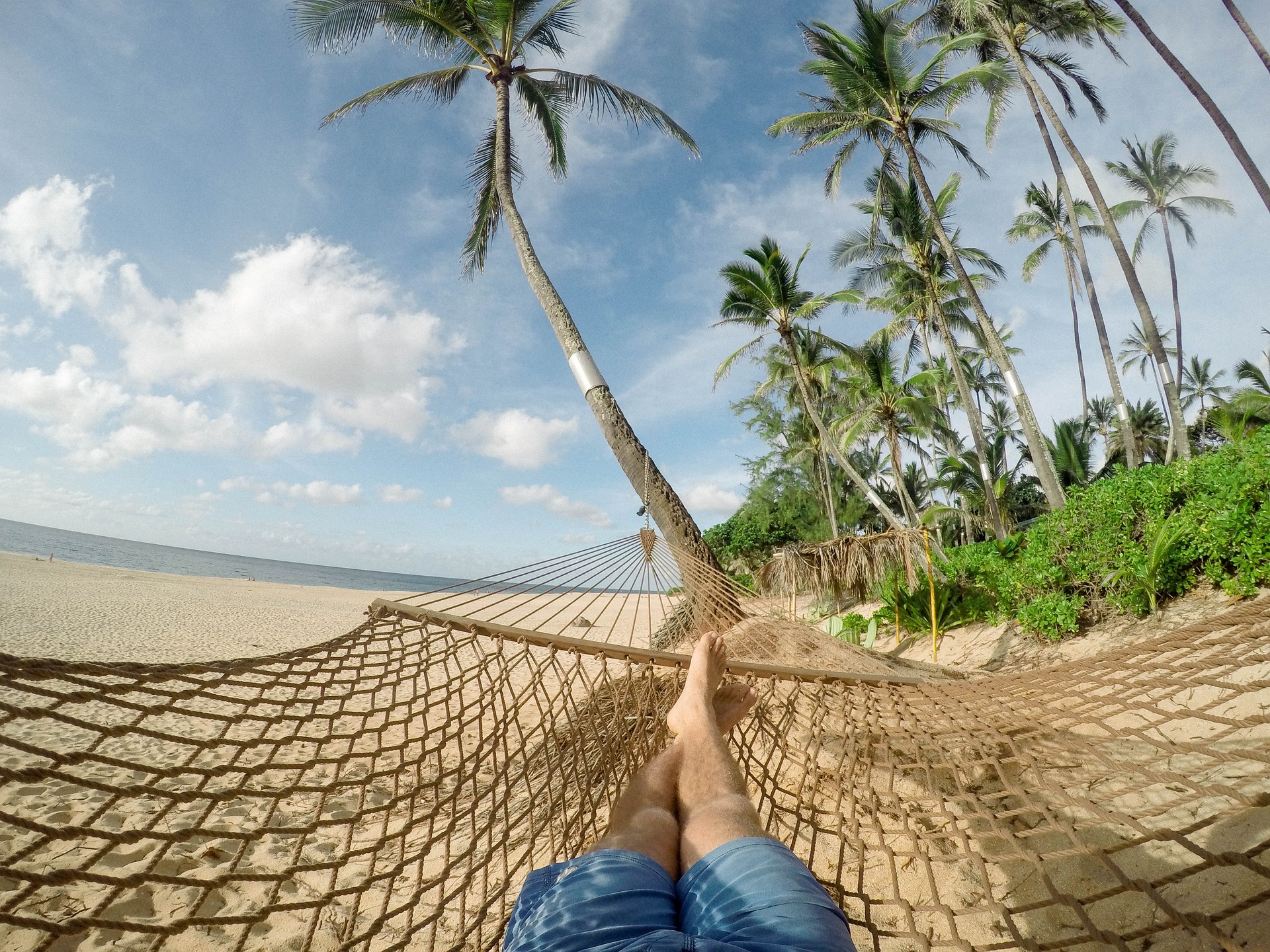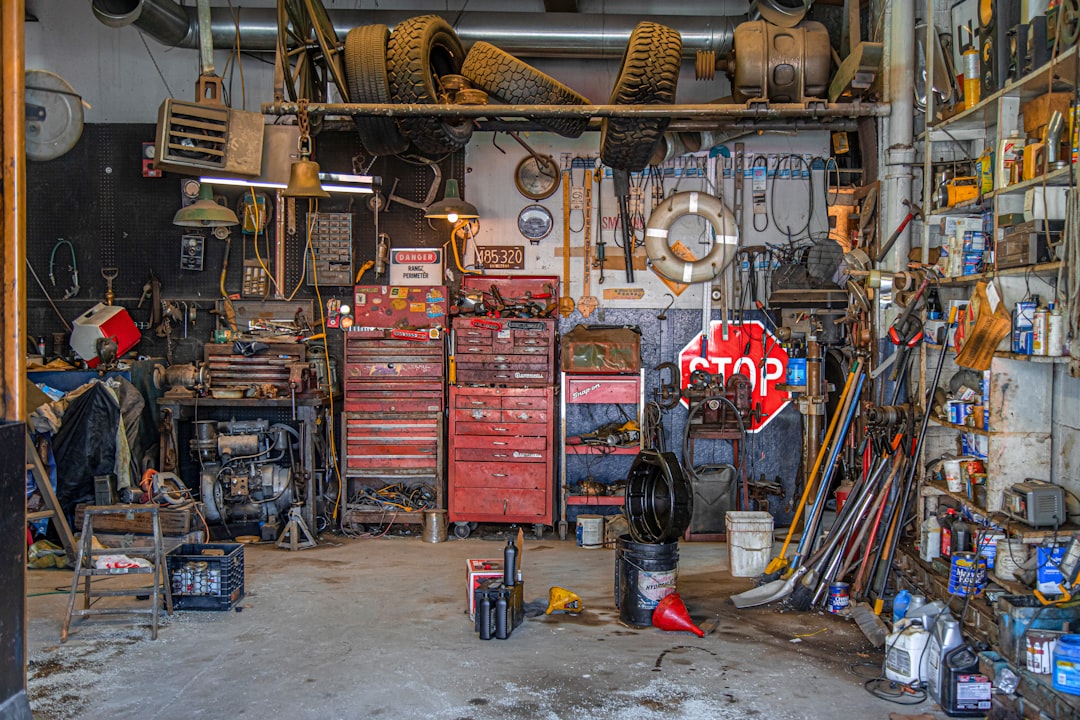Golf club selection is crucial. You will see players having several in their bag and they often change their equipment based on the current conditions. How do they pick the right one? What factors do they consider? For beginners, among the most important things to consider are the golf club loft degrees. These differ in every type of club. The loft is defined as the angle between the shaft and the blade. A smaller angle usually means a lower trajectory and longer travel. A bigger angle, on the other hand, will generally produce higher trajectories and shorter travel. Golfers should select the right club with the right angle based on their target distance.
Typical Loft Angles
There is no standard loft angle per club type. It’s the Wild West out there with every manufacturer having their own versions. However, a survey of modern clubs will allow consumers to get a feel for the typical loft angles. The 4-Iron usually has an angle of 25 degrees. This increases by 3 degrees as you move up a step from the 5-Iron to the 8-Iron which has an angle of 37 degrees. The increases are slightly higher for the wedges. A gap wedge will average at 50 degrees while a lob wedge will often reach 60 degrees.
Typical Distances Reached
All other things being equal, these clubs are meant to provide a decreasing travel distance as you go up in loft angle. This means a 4-Iron will result in the farthest shot while a lob wedge will result in the shortest. The actual distance will vary from person to person. We all have different strengths, techniques, and abilities. The heat, the wind, the crowd, and other factors can also affect our game. A study conducted in 2000 estimated that a proficient male who is around 40 years old is likely to hit 170 yards with a 4-Iron and 40 yards with a lob wedge. Pros can reach up to 220 yards on average.
Club Loft Creep
One of the problems with the golf club loft degrees is that they change a lot between brands and between the models within each brand. Players are always concerned about hitting longer so manufacturers tend to reduce the angle to help them do this. They go under the average angle for a specific club just to be able to compare themselves favorably against their rivals. Competitors follow their footsteps since the marketing plot is working. The angles simply creep lower with time.
Try different clubs and get a feel for what the changing angles can do.









